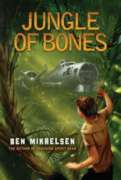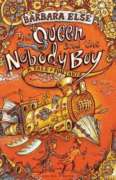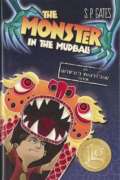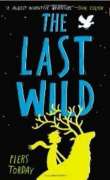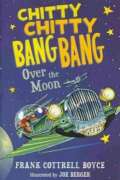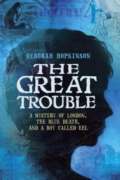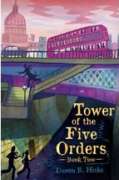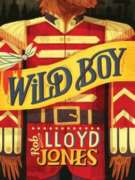
In the seedy underworld of Victorian London, a boy is born and abandoned. Snatched up by an unscrupulous and abusive showman, Wild Boy, covered in hair from head to toe, becomes a sideshow freak. Isolated from other children and wickedly abused by the cruel master who bought him, Wild Boy becomes an avid observer, developing Sherlock Holmes–like deductive skills. Although he is tormented and insulted, kicked and spat at, his quick mind takes in everything he sees. When a murder occurs at the fair, Wild Boy is hastily accused. Can he use his powers of deduction to save himself? And will the talented and spunky young acrobat Clarissa be with him — or against him?
